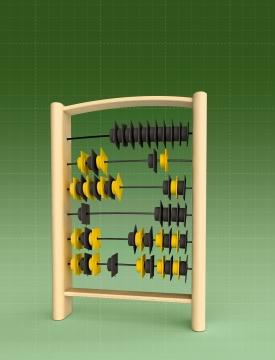
More Thoughts on the Benefits of Games in Company Learning
A couple of weeks back, Bo Amidor wrote about the Benefits of Learning Games in Oranizations, examing gamification techniques and strategies utilized to train and engage employees.
The post got some feedback in social media, so I wanted to share with you some of those responses now, to add a bit of meat to the grill, so to speak. Here what’s they said.
Lisa Stapleton, Instructional Designer at Briljent: As an instructional designer and trainer, I agree that games definitely break up what can too often be tedious and potentially static training, and I like the idea that we can also use games as a kind of metric to see where learners are in their understanding of the material. One of the biggest benefits I have uncovered in thoughtfully creating games that support learning objectives or key employee responsibilities is that the games reinforce learning, helping learners internalize important information they need to perform their job duties successfully. So, it is another way of moving from potentially static and temporary learning to interactive and internalized behavior that supports key, corporate goals. When we make learning fun, everyone wins.
Dianne Crampton, West Coast Team Development Strategist at TIGERS Success Stories: Games are effective when hooked directly to initiatives. I agree with Lisa that they can reinforce learning.
I do think that game deployment in a training is more than training. It is a facilitation process with a highly structured debrief process that links the experience to on the job performance. Otherwise it is entertainment.
Entertainment probably won’t give you transference and subsequent ROI.
For example, when I was asked to speak to the National Institute of Applied Business Ethics about our model for group development, I invented a game to teach the behaviors to this group in 90 minutes. It was hands-on, high impact and offered high levels of transference. Reports from the meeting planners were rather astounding.
I had no idea where the “game” would go next. It was requested by a large defense contractor to help them engineer their downsize due to the peace dividend in the 90’s. Then this became a case study presented by that defense contractor to OD interests in LA. Then start up companies wanted it for aligning culture and team development to establish cooperative and collaborative enterprises from the get go. Then it has been used for mergers.
A well structured game that engages employees to champion change, for example, should have specific outcomes that deploy the employee’s suggestions for the overall change process. A well structured game should also have 360 impact, which requires leadership commitment to the process.( I realize this comment is more of an OD response than a training response).
Other games that require leadership commitment to deploy include Red-Green and variations of that game with the goal of breaking down silos. I also love to use the Owl, Inc. game for leadership development not as a training but as a facilitation within the leadership development process for high achievers.
Daniel Kos, Management Analyst at New York State Unified Court System: I consider games and simulations to be two pretty different things.I have found that the best uses of games is to explore values and support shifts in attitude. The games themselves frequently lack any meaning in and of themselves; all of the value comes in happens during the debrief and processing.
